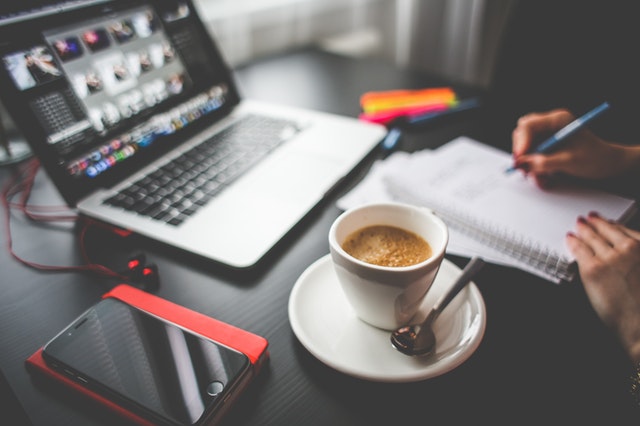All You Need to Know About Italian Espresso Coffee History

As the origin of coffee, Italy has its own history especially when it comes to espresso. To look further into it, you should first understand how modern espresso was born. See how and why that became identity and culture of Italy.
The Story of Espresso Machine
Industrial Revolution in Europe in the year of 1901 made innovation that created the first version of espresso machine. While “espresso” means express, espresso itself was made originally with concept to be prepared quickly. It was Luigi Bezzara, a Milanese inventor, who did register patent for machine featured with recognisable groupheads onto which portafilters with compressed coffee could be clamped. It was also the first time of coffee being served expressly for customer.
Then, in 1905, Desidero Pavoni purchased the patent. He then made production for espresso machine for commercial, called the Ideale.
As the influence to modern machines, groupheads of the Ideale did reach temps of up to 140°C, at a 1.5 bar of pressure, much lower than the modern-day 9-bar machines. While it extracted the shots in 45 seconds, it consistently created taste similar to modern filter coffee rather than espresso.
Espresso Culture in Early Time
The new machines then created the term “espresso” around the year of 1920. It entered Italian lexicon for the first time and described in Alfredo Panzini’s dictionary of Italian as “Caffè espresso, made using a pressurised machine or a filter, now commonplace.”
As it was seen, Panzini realized that coffee houses in 19th century’s atmosphere was quiet. Then, by 1935, the places turned into workers bars. The brew grew popular, thus having its own taste to be favorited by working men, that they frequently came to sip the caffeine.
The term “barista” then first found in 1938. Before, the name was “barman”, and it was believed as a stylish word. But, Mussolini along with the Fascist movement successfully created campaign in using common words of “Italianise”. Considered as a word being too American, barman then was changed to barista, a word that did sound more Italian. Since then, espresso has been identified as Italian culture.
The Modern Espresso Machine
Italian coffee consumption then declined in the ‘30s and ‘40s. It was first due to importation’s restrictive policies, then because of wartime scarcity. However, there was certain improvements by famous coffee names, like Francisco Illy and Achille Gaggia, for Ideale espresso machine.
Later in 1947, a huge next innovation was born. It was Gaggia’s hand-pumped machine. The machines could exert way more pressure over the puck of coffee, thus squeezing essential oils and colloids through. It resulted crema that later became important part of modern espresso.
In 1948, Ernesto Valente bought Gaggia’s invention. Valente was the head of Faema, a company producing like-modern-café machines. But, there was strong disagreement between Valente and Gaggia about the machines’ market. Gaggia did see his high-pressure machines invention luxurious, only for high-end companies. Meanwhile, Valente was not on the same boat, he worked on more affordable machines. Later in 1961, Valente released the famous Faema E61.
The world knows Faema E61 as the father of modern espresso. The machine was semi-automatic, the very first one, without the need of elbow grease, but allowing the extraction parameters to be managed by the barista. It set the internal boiler not vertically but horizontally. It turned café and bar into social space, even when the barista pulled an espresso shot they could chat with customers. Then the concept of café and bar of espresso became huge.
Italian Modern Coffee Culture
Today, Italy still has it as their culture. The coffee culture that was first made in ‘40s, is still going strong. Even when the huge wave of globalisation sweeps the country. Local cafes in Italy are always full of people ordering espresso, even in their busy days.



